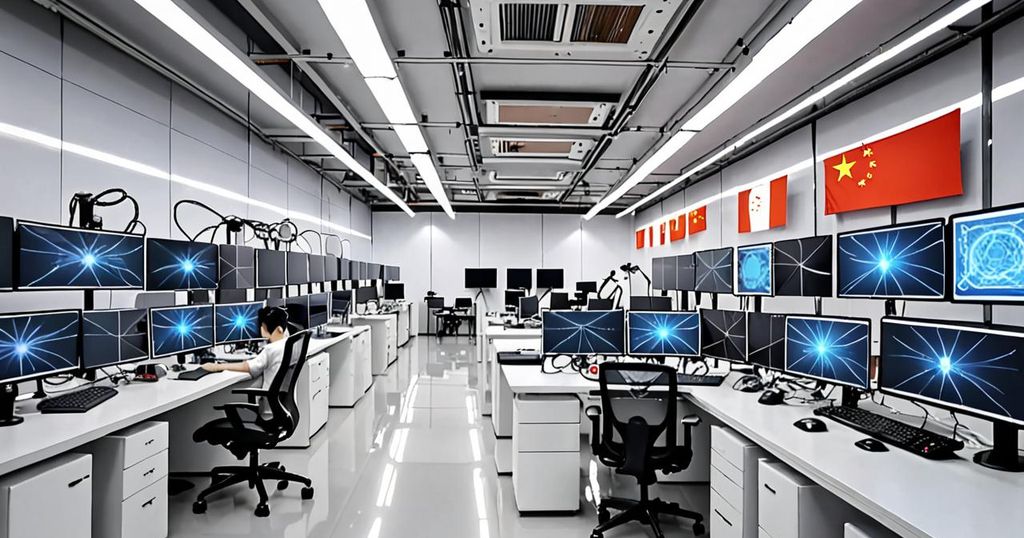China has unveiled an ambitious initiative to develop its own brain-computer products by the year 2025. The Ministry of Industry and Information Technology (MIIT) released a policy document outlining its objectives to achieve breakthroughs in cutting-edge technologies, specifically brain-computer interfaces similar to those developed by Elon Musk’s Neuralink implant.
The MIIT is striving to make significant progress in key technologies and core devices such as brain-computer fusion, brain-like chips, and brain computing neural models. The plan also encompasses the creation of user-friendly and secure brain-computer interface products, with a particular focus on medical rehabilitation, autonomous driving, and virtual reality applications.
Aside from its efforts in brain-computer interfaces, China also aims to expedite advancements in GPU chips and bolster the research and development of quantum computers, with the aim of establishing a global leadership position in these areas by 2027.
While China’s initiative for brain-computer products is ambitious, it faces stiff competition from Neuralink, which recently achieved a milestone by implanting its first human patient with the brain implant. The company obtained authorization from the FDA to conduct a human trial in May 2023.
China has already made significant strides in creating brain-computer interface devices, including the introduction of “Brain Talker,” a chip designed to power brain-computer interfaces developed by Tianjin University in collaboration with the state-owned China Electronics Corporation. Additionally, a brain-machine interface research lab funded by the Chinese government has a team of over 60 scientists dedicated to advancing this technology.
Furthermore, researchers at Tsinghua University in Beijing have developed a non-invasive brain-computer interface device known as SprialE, which can be inserted into a person’s inner ear without the need for surgery due to its spiral design.
The MIIT’s plan for the development of brain-computer products follows its previous announcement in November regarding the mass production of humanoid robots by 2025, further demonstrating China’s commitment to technological advancement and innovation.
As China sets its sights on competing with Neuralink and making significant strides in brain-computer interface technology, it is evident that the race for groundbreaking advancements in neurotechnology is well underway.








